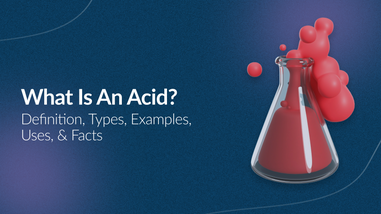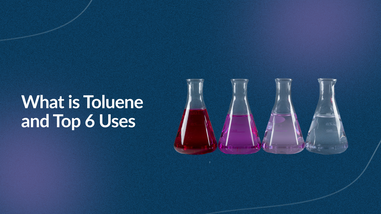- No products in the cart.
Ammonium hydroxide is a chemical that forms when ammonia reacts with water molecules in a solution. This chemical is used in many industries and applications. High levels of ammonium hydroxide can be toxic to humans and aquatic animals. While it can be dangerous to the environment, it can be used in products in low concentrations.
What is Ammonium Hydroxide?
Ammonium hydroxide is a solution of ammonia gas which is a compound of hydrogen and nitrogen in water. It’s an alkaline solution of ammonia meaning it has a high pH level. It is used in cleaning solutions but does not have the same cleaning properties as bleach. The difference is that ammonia is strictly for cleaning while bleach is for whitening and disinfecting.

Ammonium Hydroxide Chemical Properties
- Chemical formula: NH4OH
- Molar mass: 35.04 g/mol-1
- Density: 0.91 g/mL-1
- Melting point: -57.5℃
- Boiling point: 37℃
- Appearance: Colorless liquid
- Odor: Highly pungent
- Solubility in water: Highly soluble
What are the Top Applications for Ammonium Hydroxide?
1. Household CleanerAmmonium hydroxide is an ingredient in many cleaning products used to clean surfaces in bathrooms and kitchens. It actively breaks down stains or grime from vegetable oil or animal fat. It’s also commonly used for cleaning windows or glass since ammonia evaporates so quickly and avoids streaking.
2. Alkyl Amine PrecursorAmmonium hydroxide in some industries is used as a precursor to alkyl amines. For example, hexamethylenetetramine forms from ammonium hydroxide and formaldehyde.
3. Absorption RefrigerationIn the past, refrigerators used a vapor absorption cycle that used ammonium hydroxide systems. Ammonium hydroxide is used as a refrigerant gas because ammonia absorbs heat from its surroundings.
4. Water TreatmentAmmonia can be used to purify water supplies. Ammonia is used in water and wastewater treatment as a stabilizer, neutralizer, and as a source of nitrogen. Ammonia is used to produce monochloramine which is a disinfectant. Chloramine remains active in stagnant water for longer periods of time.
5. Food ProductionAmmonium hydroxide is used in ammonium nitrate fertilizer. Fertilizer releases nitrogen which is an essential nutrient for growing crops and plants. Growing crops year after year depletes the nutrients in the soil. Fertilizer replenishes the soil and keeps the soil productive. Fertilizer also increases the levels of zinc, boron, and selenium in food crops.
Baking ammonia was originally a chemical leavening agent. Ammonium carbonate is heat activated. Bakers used this leavening agent when baking bread, cakes, and cookies to make these food items rise. Not only has it been used as a food additive but to bring down the acid levels in food.
6. Furniture DarkeningIf you seal wood that contains tannic acid in a container with ammonium hydroxide solution, the wood will naturally darken. Fumes from the ammonia react with the tannic acid and iron salts in the wood which causes the wood to darken.
What is an Example of Ammonium Hydroxide?
Household ammonia is an example of ammonium hydroxide. This solution contains 5% to 10% of ammonia which makes it a weak base but a very effective cleaner.
Ammonium hydroxide 29% is a basic and toxic solution of ammonia in water. It’s used as a cleaning agent and in qualitative inorganic analysis. It’s available in various reagent grades and is used in labs, industries, and household cleaners.
Ammonium Hydroxide Hazards
High levels of ammonium hydroxide can be toxic. It causes severe damage to skin, eyes, and to the respiratory tract. It also burns tissue that it comes in contact with.
Where to Buy Ammonium Hydroxide
Lab Pro offers a large variety of chemicals and laboratory supplies. For over 40 years, Lab Pro Inc. has been committed to delivering the highest quality lab supplies and cleanroom PPE apparel to medical device and electronic manufacturing companies and laboratories worldwide. To learn more, visit the biggest Lab Supply showroom in California, or contact us online at 888-452-2776.












































